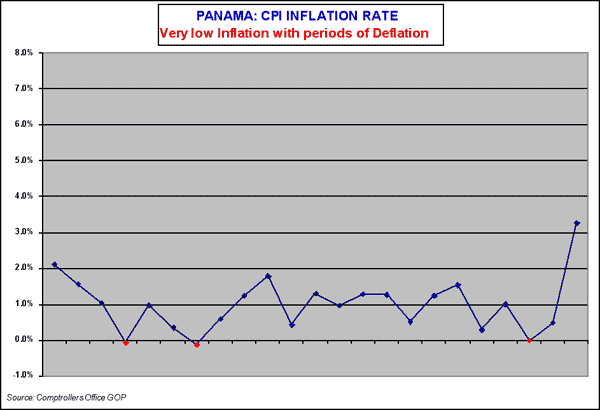No gold digging for me, I take diamonds. We may be off the gold standard some day.–Mae West
Part 3: Using Value-Line:
Part 2 was posted http://wp.me/p1PgpH-Bx. Also, Carl, a reader, kindly provided this link on analyzing Value-Line from a blog:http://www.rationalwalk.com/?p=7544
With experience you will come to recognize opportunities that make you tremble with greed or feel like being hit in the face with a flounder http://www.youtube.com/watch?v=IhJQp-q1Y1s. If you don’t know what opportunity is, then expect to do this: http://www.youtube.com/watch?feature=endscreen&NR=1&v=sLB-uMPj27s
Purpose
Our goal is to find an inkling (first step) of a compelling investment as we go through Value-Line—typically by industry groups. My methods are three-fold:
Number 1: I seek to categorize and eliminate companies quickly to narrow my search. Your investment process drives your search strategy. I categorize companies as either franchise companies that have profitable growth within barriers to entry (sub-3% of all public companies I estimate) and non-franchise companies or asset-based companies (95% to 98%). Of course, there are gradations within and between the categories.
Buffett would advise that you purchase the investment with the biggest discount to intrinsic value. An asset/non-franchise company–that can be valued with earnings power value cross-checked with replacement value and then you may have a conservative private market transaction as another marker—may be a better investment than a franchise type company depending upon the discount. Time, however, is against your investment reaching your estimate of intrinsic value because growth is not profitable and without a catalyst like a corporate restructuring, you are dependent upon the market recognizing the value. If you buy a non-franchise type company make an effort to buy at a large discount and know why such a discount might be available—obscure, forgotten, hated, no analyst coverage or some combinations of those aspects. Are you fooling yourself?
With a franchise company I hope to receive the growth for free or for a low price as long as I am confident within reason of what the company will be earning.
Number 2: Note which companies you want to research in more detail; prioritize your efforts by urgency. What questions do you need answers for? Avoid reading the Value-Line comments and timeliness ratings because you wish to reach your own conclusions. Your goal is where to fish deeper not jump to a conclusion to buy or sell. Remember that steady sales, return on capital, strong balance sheets over a long period of time (eight to ten years plus) is EVIDENCE of not PROOF of a franchise/competitive advantage. The Value-Line is a first sweep. The importance of using a Value-Line as a research tool is its simplicity and long history (Pepsi had 15 years of data) on one page.
Number 3: Gain a sense of the industry economics and overall prices being paid for various businesses. Which industries have poor, normal, great economics—steady sales growth, high and consistent ROIC, ROA, ROE, cash rich balance sheets? Is there anything unusual like very high or low profit margins, etc. Look for the unusual like high cash or debt levels. What seems to be the prices paid for various businesses? Look at prices after you have estimated the value of the business. What may strike you is how much investors are willing to over pay for weak companies. Graham considers this the major error investors make—overpaying at the top of a market for poorly performing (operationally/financially) companies. A money manager once joked that the secret to always outperforming an index was simple. Buy every company in the index except for the airlines.
Value-Line will report on each company about four times a year, so if you form the habit of going through the Value-Line tear sheets each week or every few weeks depending upon your interests, you will easily sort through companies quickly because you will remember your previous thoughts on each company. It takes practice but have good habits (Buffett’s talk to students on habits) http://www.youtube.com/watch?v=14SK4CX_KYY
Let’s take an easy Tear Sheet, Capstone Turbine (CPST) here:http://www.yousendit.com/download/M3BueEVha0RWRC9FdzhUQw. (If link is gone then material is in Value Vault; ask for key) First, look at return on total capital (like a Doctor taking your pulse—focus on one key variable first). There is NMF or not meaningful. This company is profitless for almost a decade (PASS!). Sales are minimal, slow and erratic. No cash flow. How is the company surviving? Negative retained earnings. The management is eating into past capital (note book value per share declining steadily) raised and constantly shares are being issued as share count rises from 85 to 260 million shares. The company has no net debt, but the business seems dormant or in the land of the living dead. This is an immediate no interest (unless for short selling). File in the circular file. Time spent—15 seconds.
For fun, look how the company has been valued in the past as prices have ranged 3-xs to 5-xs from high to low price while this asset-based (microturbines) company clearly has no competitive advantage yet trades every two years at 5 times book value and 8 times sales while bleeding cash. Sales growth is meaningless. And the market is efficient? Investors love a lottery ticket.
IF there was any hidden value there might be large NOLs (Net Operating Losses to shield or reduce future taxes if profits are made in the future), but without future profits even that is a pipe dream. Next time, I would glance for 1/10th of a second at the company, then flip the page or scroll down the computer screen.
In Part 4, next post: I will go immediately into Balchem, Pepsi, and Miller Industries. I penciled in the Balchem’s 2011 numbers from their most recent (FY 2011) press release. Tear Sheets are available from Part 2 here:http://wp.me/p1PgpH-Bx
Thanks for your patience.












